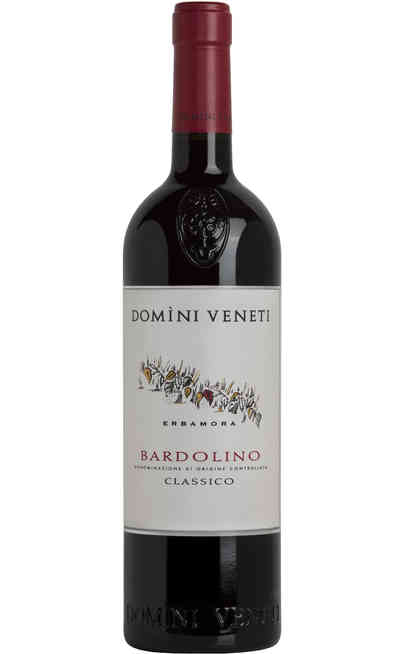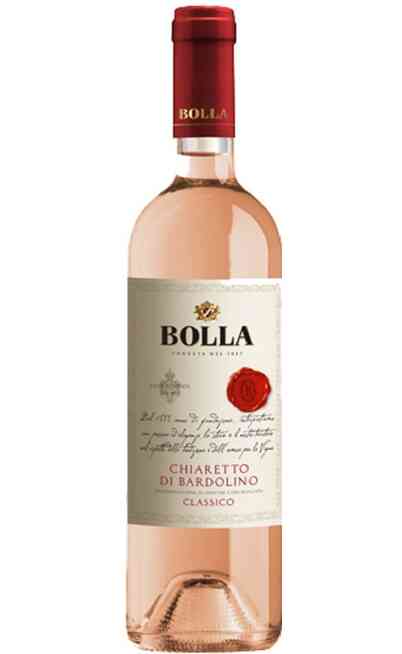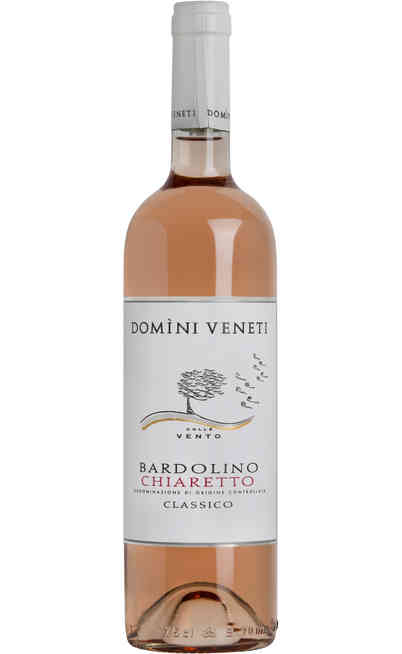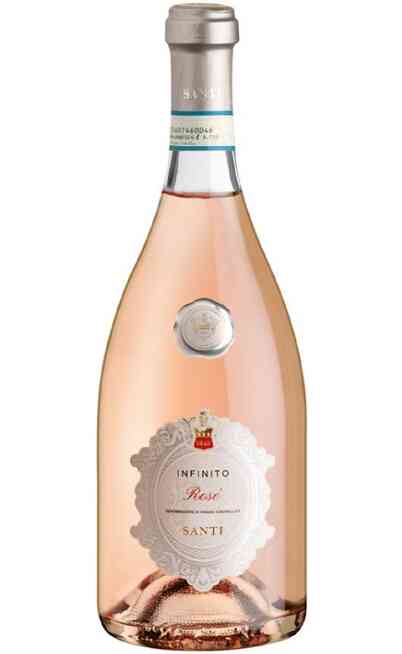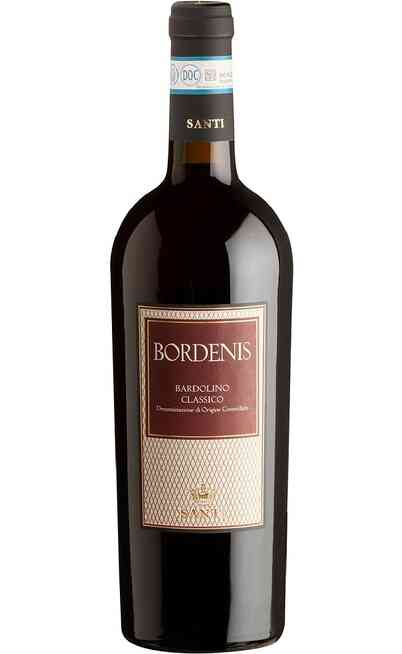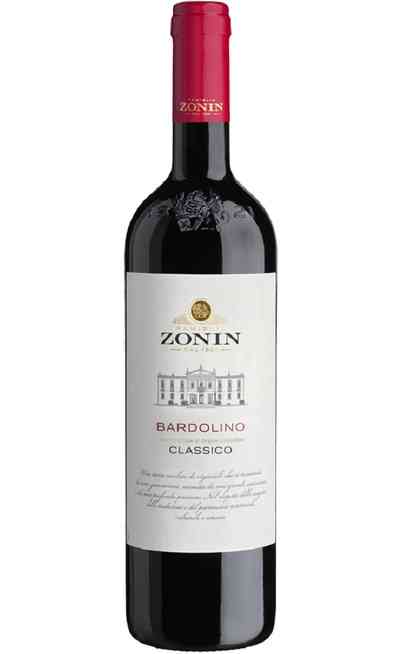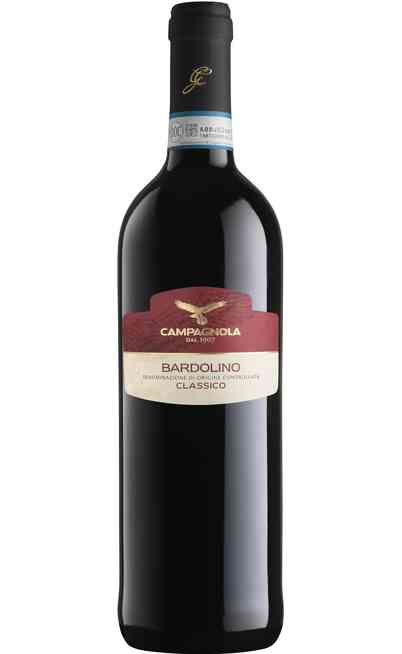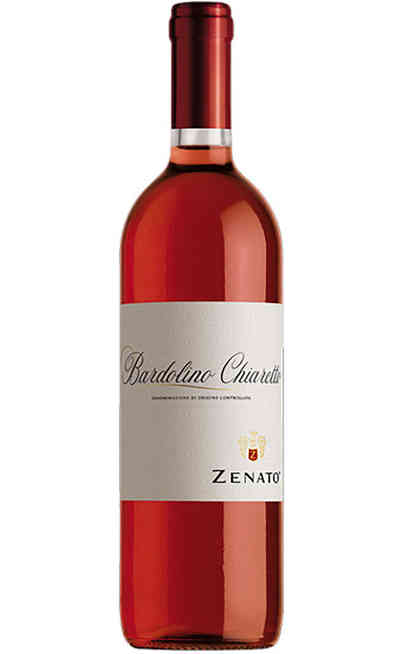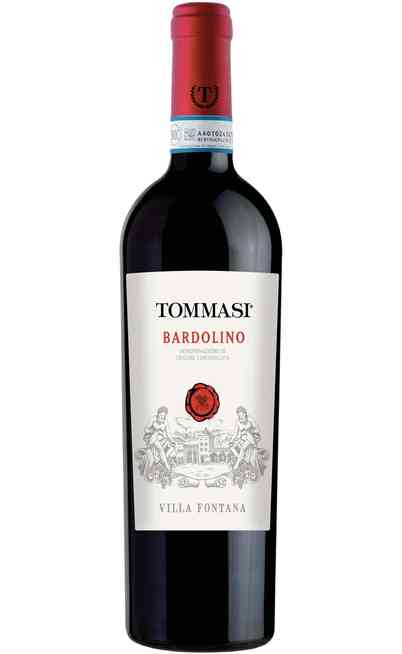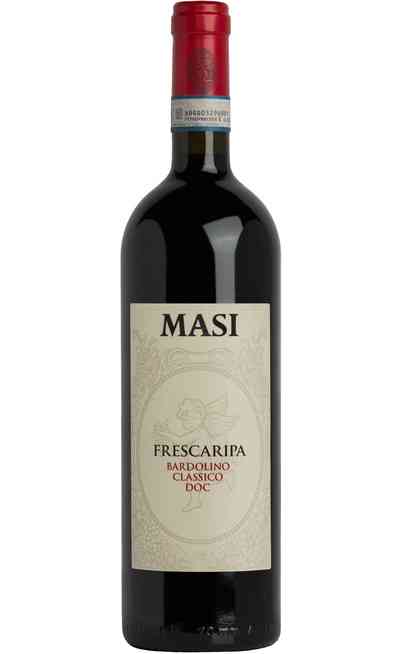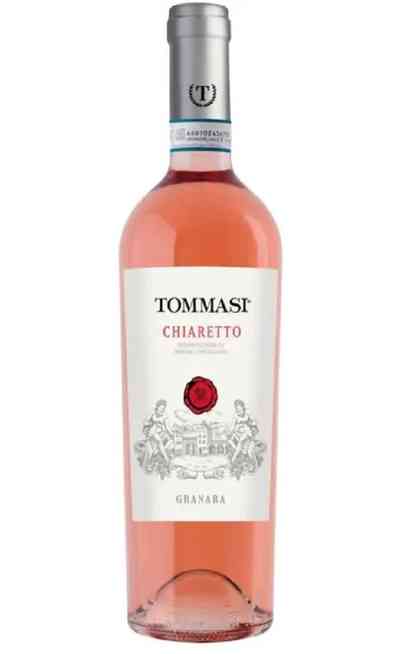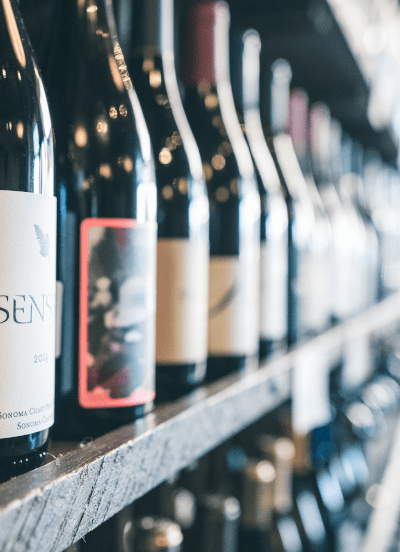
General description of the Bardolino Doc wine and its territory
The venetian red wine Bardolino, as mostly of the Venetian wines, is the proud holder of the DOC certification. The denominazione di origine controllata certification was given also to all the varieties of this wine. Once again the production territories are the one located in the province of Verona in the shore and in the piedmont sides of the Garda lake.
The ground where the Rondinella and the Corvina vineyards growth (these are the main grapes used to produce the Bardolino DOC) are exclusively moraine and with a little percentage of outwash which is very different from the typical Valpolicella territory which is more sandy and calcareous.
The land has a characteristic dark color, almost black, it is determinate by the water fusion of the glacier that previously covered this territory.
The towns interested in the production of the Bardolino DOC are Torri del Benaco, Caprino Veronese, Rivoli, Pastrengo, Bussolengo, Castelnuovo del Garda, Sommacampagna and Valeggio sul Mincio entirely or partially interested. The moraine hills that characterized the geographical area of the Gardesano-Veronese has a long wine tradition facilitated by a mite and soft weather during the most part of the year which is defined “microclimate” compared to the land of the Lombard side of the lake and the ones located more in the Venetian hinterland. This particular feature allows to develop grapes and vineyards with particular characteristics that are reflected in the quality of the products of the land and so in the wine too. This permits them to have a particular sweetness and softness.
Grapes used for the production of this Venetian red wine
Also the Bardolino DOC is produced by using different percentage of grapes from local vineyards.
The main variety used in the respect of the ancient local production and according to the technical policies of production, subscribed and nationally approved in 1968 are : the Corvina vine which is used between a 35% and a 65% and the Rondinella Classica of Veneto used between a 10% and a 40%. In addition other grapes used in a lower percentages are the Molinara with a 10% that can achieve a 20% and the Negrara usable at a maximum of 10%.
To the production of the red Bardolino DOC can contributes in very low percentages, not to compromise the territoriality and the prestigious of the wine, the Rossignola (rosetta), Barbera, Sangiovese and Garganega grapes, one by one and at maximum in a 15%.
The Bardolino DOC sold in our online wine shop Uritalianwines, depending on the year and the typologies is also producted in these varieties: Bardolino D.O.C. Superiore, Bardolino D.O.C. Novello, Bardolino D.O.C. Chiaretto, Bardolino D.O.C. Classico, Bardolino D.O.C. and Chiaretto Spumante.
This fantastic wine enriches the extraordinary venetian wine offer and it contributes to elevate the wine quality of this region, that since time is internationally well-known.
Together with the Bardolino DOC the other regional offers include the Amarone in all its varieties, and always with the DOC certification the Valpolicella, Valpantena and Classico. Then the Bagnoli Friulano, Classico, Passito and Riserva with the DOCG prestigious certification.
The wines Colla Asolani Prosecco and Spumante Superiore, the wine Colli di Conegliano Bianco, Refrontolo, Rosso e Passito, Colli Euganei, Colli Asolani, Piave, Recioto della Valpolicella, Recioto di Gambellara, Soave e Soave Superiore, Colla Asolani Prosecco and Spumante Superiore, all of them with the Denominazione di Origine Controllata e Garantita DOCG certification.
The regional wine choice is enriched by other great wines such as: the Arcole, Bagnoli di Sopra, the Bardolino, the Bianco di Custoza, Colli Berici, Gambellara e Garda, and the Valpolicella e Raboso Piave, all DOC.
Concerning again the Bardolino DOC, its grapes picking period is the last decade of September, most of all for the Rondinella and Molinara vines, while the Corvinia grapes picking takes place two weeks later because it needs a more adequate maturation.
The wine making process occurs by pressing with destemming, a short and cold grapes pre-fermentative maceration. It follows a slow and delicate fermentation in steel tanks, in contact with the peels and constantly under temperature control.
Analysis of the Venetian red wine Bardolino Doc
This wine has to be served in a “Grand Ballon” wine glass and after one hour of decanting it gives a light red and bright color like the “Cerasuolo” but by aging, it gets a more intense and garnet color. When it is young it can pass the light through because it is very limpid with rose colored reflections.
The olfactory analysis of the Bardolino
The scent is very winy and reminds very well the aroma of the must in the vats, it is lowly flavored and delicate.
The taste of the Bardolino
It has a dry and sapid taste, lightly bitter but harmonic and fine, of great quality and sometimes depending on the settling time it could be lightly sparkly.
Matches suggested with this red Venetian wine
The Bardolino DOC is considered as the Venetian most representative wines to be drunk all along the meal. It is very good with the soups such as the Scaligera soup, with the tagliatelle and the broth with tortellini or tortellini with sauce. With the mushroom risotto, with the Fegatini, with all the cheeses better if aged, with peas alone or with meat. It is great also with white and red meats in humid or grilled, with spit pigeon (local specialty) and also with rich and structured fish soups.
The Bardolino DOC has to be served at 16°C (the youngest can be served at 18°C).


